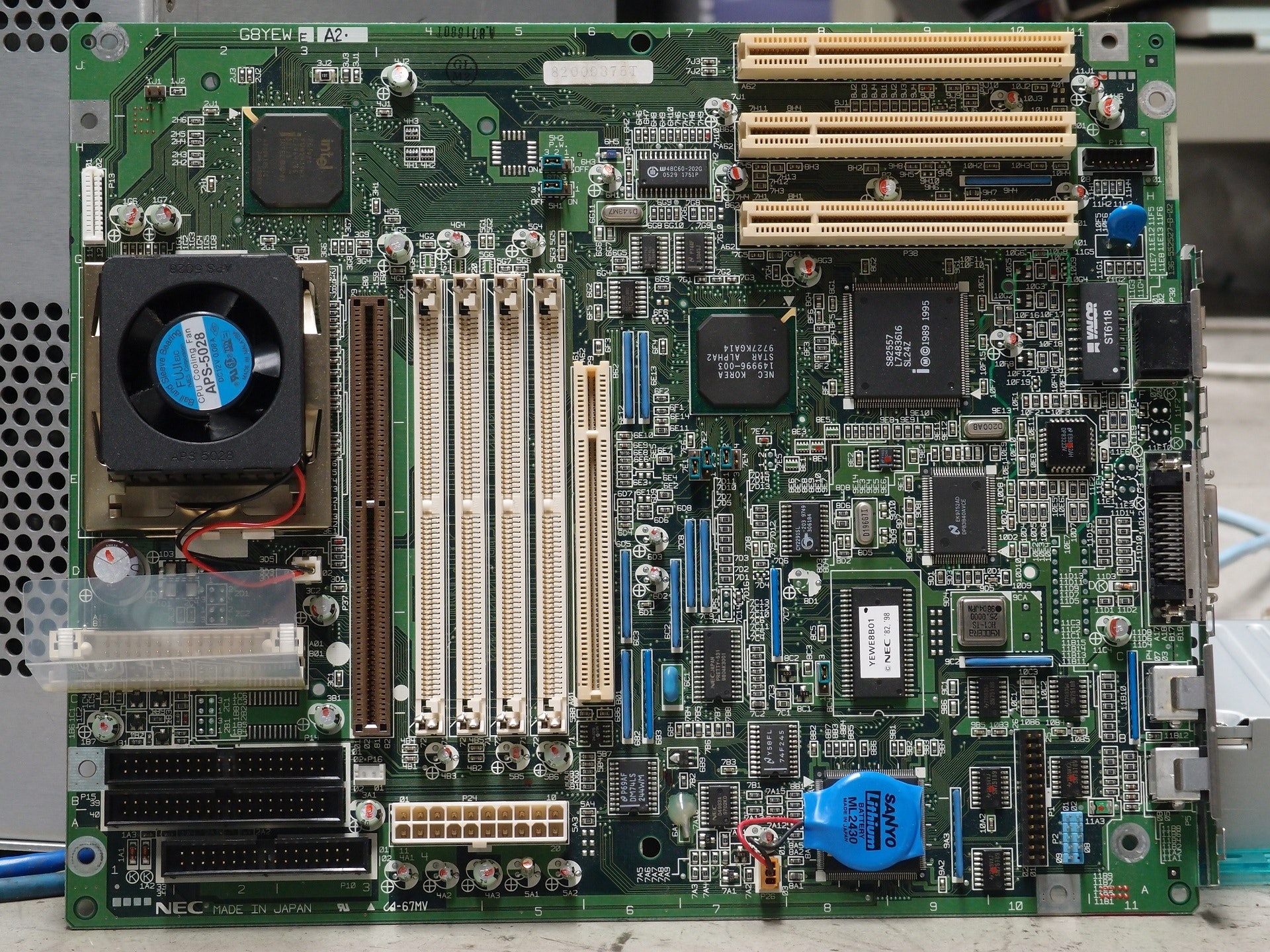
In today’s fast-paced digital landscape, the demand for dynamic and scalable web applications has never been higher. Yet, traditional monolithic frontend architectures often hinder agility, scalability, and maintainability. This is where the concept of Micro Frontends emerges as a game-changer.
According to recent surveys, 76% of companies are either using or considering adopting Micro Frontends to modernize their web development strategies.
In this blog, we will delve into the world of Micro Frontends, exploring what they are, why they matter, and how they can revolutionize your web application development process.
What are Micro Frontends?
Micro Frontends is an architectural approach that extends the principles of microservices to the frontend of web applications. In a monolithic frontend, a single codebase handles all aspects of the user interface, making it challenging to scale, update, or introduce new features without affecting the entire application. Micro Frontends break down this monolithic structure into smaller, independent, and self-contained units, each responsible for a specific part of the UI.
Key Concepts and Benefits
Independence: Micro Frontends enable teams to work independently on different parts of the application, reducing coordination overhead and enabling faster development cycles.
Reusability: Components developed within Micro Frontends can be reused across multiple projects, promoting consistency and efficiency.
Scalability: Scaling specific parts of the application becomes easier as you can allocate resources to individual Micro Frontends.
Tech Stack Flexibility: Different Micro Frontends can use different technologies and frameworks, allowing teams to choose the best tools for their specific tasks.
Isolation: Issues in one Micro Frontend do not affect others, ensuring better fault tolerance and easier debugging.
Use Cases and Scenarios
Micro Frontends are particularly valuable in scenarios where flexibility, maintainability, and rapid development are crucial:
Large Applications: Managing complex, large-scale applications with a monolithic frontend can become unwieldy. Micro Frontends enable more manageable development and maintenance.
Cross-Functional Teams: Organizations with cross-functional teams can benefit from Micro Frontends as they empower each team to work on their part of the UI independently.
Legacy Systems: Integrating modern technologies into legacy systems can be challenging. Micro Frontends allow gradual modernization by replacing specific parts of the UI.
Continuous Delivery: Micro Frontends align perfectly with continuous delivery practices, as they facilitate the incremental deployment of changes.
Challenges and Considerations
While Micro Frontends offer numerous advantages, they come with their set of challenges:
Increased Complexity: Managing multiple Micro Frontends requires orchestration, which can add complexity to your development and deployment pipelines.
Cross-Team Collaboration: Effective communication and collaboration between teams are essential to avoid inconsistencies and ensure a cohesive user experience.
Versioning and Dependency Management: Ensuring compatibility between Micro Frontends, especially when using different technologies, can be tricky.
Routing and Navigation: Handling routing and navigation across Micro Frontends requires careful planning and implementation.
In conclusion, Micro Frontends has emerged as a powerful solution to the limitations of monolithic frontend architectures. They enable agility, scalability, and independence in web application development, making them a vital consideration for businesses aiming to stay competitive in the digital landscape.
At Coding Brains, our software development company specializes in implementing cutting-edge technologies like Micro Frontends to transform your web application development process. With our expertise and commitment to innovation, we can help you break down monolithic frontends and embrace the future of web development. Contact us today to learn more about how we can assist you in achieving your web application goals.


Leave a Reply